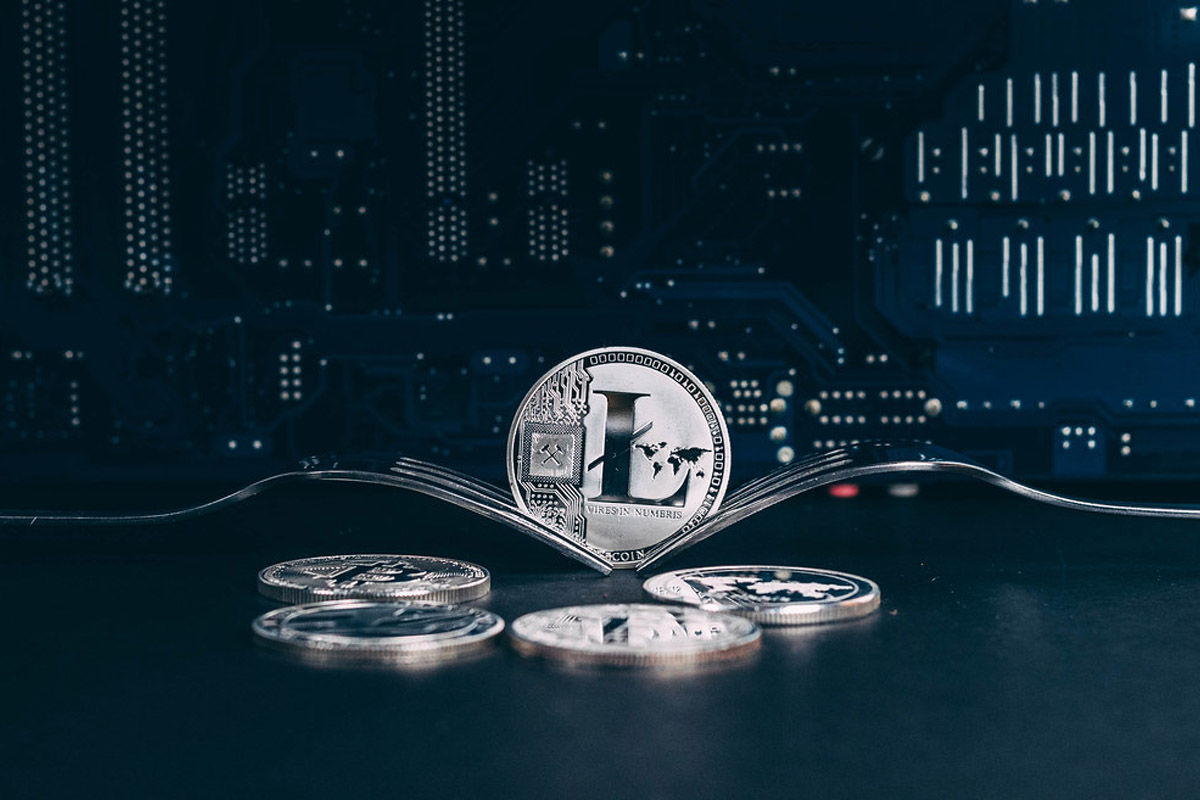Top Five Crypto Red Flags on Social Media
Some scams are easy to see, but others might look like a worthwhile investment opportunity. Here are some crypto red flags to look out for.

As Bitcoin continues to increase in popularity, new investors are gaining interest in the cryptocurrency market in general. There are new altcoins and projects emerging consistently, with some showing promise with user functionality. One of the longer standing altcoins in the market is one of the earliest versions that stems from Bitcoin’s blockchain. Litecoin (LTC) was launched in 2011 with the intention to resolve some of the problems that Bitcoin’s network looked to be faced with but has since become a network with its own unique community and investors.
Litecoin is a cryptocurrency that was launched by Charlie Lee, a former Google engineer, as a hard fork from Bitcoin’s blockchain. As a Bitcoin fork, Litecoin has many similarities with the leading and original cryptocurrency – with a few update changes that sets it apart from Bitcoin. It was originally designed by the developers with the idea to give users more power in the mining (creation) of the coin. The developers of Litecoin saw that Bitcoin was becoming centrally controlled, with largescale mining firms earning many of the rewards and private miners unable to keep up. In response, the Litecoin development team forked Bitcoin’s network with the update that tried to make it more difficult for large-scale miners to control the market.
However, miners with the right equipment and the specialised machines continued to grow their capacity and the update didn’t resolve the power issue as expected.
Since it has been launched, Litecoin has become and remained one of the leading cryptocurrencies seen as both a payment system (with peer-to-peer transactions) and an alternative investment asset.
Litecoin was originally released with 150 coins already in circulation in the blockchain. Overall, there is a total supply of 84 million Litecoin tokens available to be mined. Once this has been reached, the blockchain will be at full supply. Currently, a new block is mined every 2.5 minutes. Like Bitcoin, Litecoin experiences a halving once a certain block number has been hit (which happens approximately every four years) which reduces the supply over time. This helps make sure the supply is limited and preserves the value of LTC.
The hashing algorithm of the network is different from that of Bitcoin. Litecoin uses an Scrypt hashing algorithm, which was designed to allow smaller miners to have control in the market. However, Litecoin miners were developed and released in 2016 (five years after Litecoin was launched) giving mining firms and owners of the Litecoin ASIC mining machines the upper hand.
One of the main differences between the original cryptocurrency Bitcoin and the hard forked Litecoin is that Bitcoin has a smaller capped supply. Bitcoin is capped at a supply of 21 million BTC that will be able to be mined, whereas Litecoin has a capped supply of 84 million LTC.
The protocol to mine the tokens is a key difference between the networks too. Bitcoin uses a SHA-256 hashing algorithm whereas Litecoin’s update on the network uses the Scrypt hashing algorithm to create new tokens. Because of this difference, Litecoin has a much quicker transaction and processing times.
Some scams are easy to see, but others might look like a worthwhile investment opportunity. Here are some crypto red flags to look out for.
Find out the countries where you'll pay the most tax if you're trading, holding, buying or selling cryptocurrencies.
Advancements in artificial intelligence and communication technologies make it difficult to discern what's real and what's a scam.
After Kate Middleton's alleged data incident and possible internal attack at the London Clinic, there's a clear need for security in cyber...